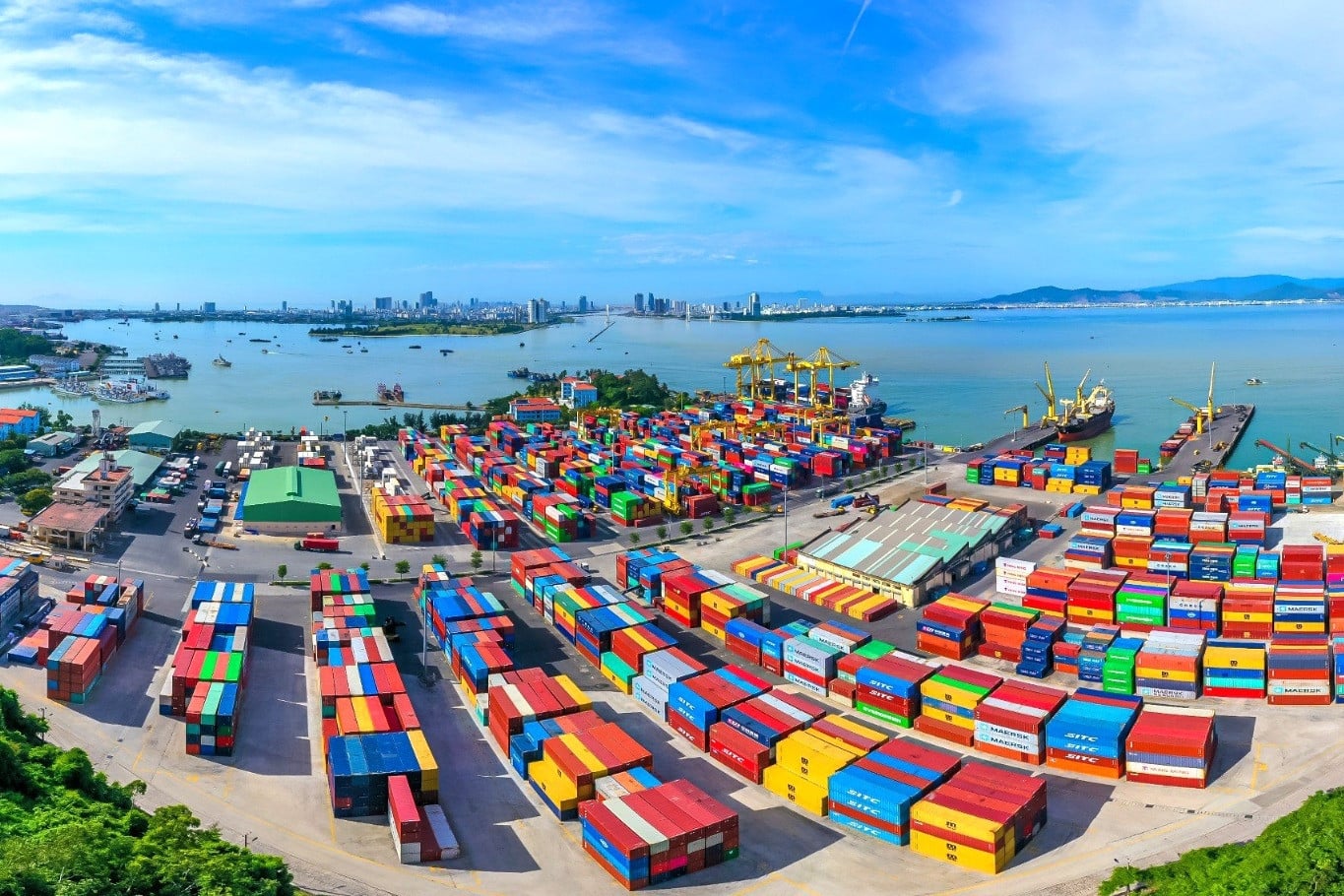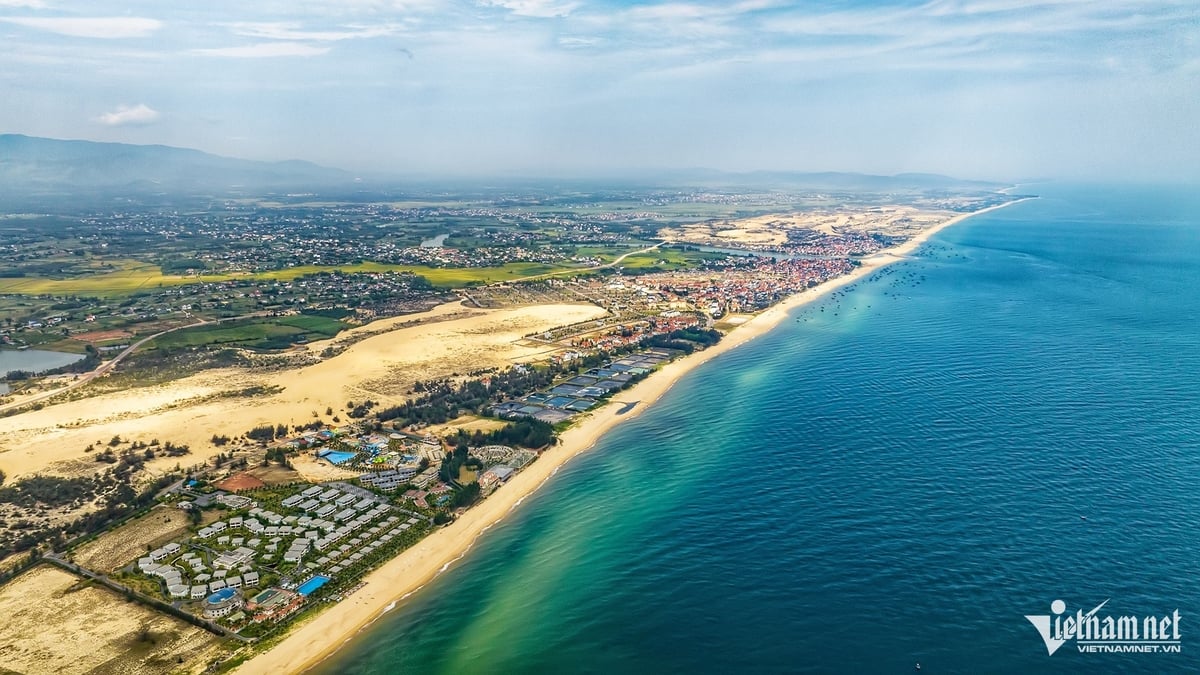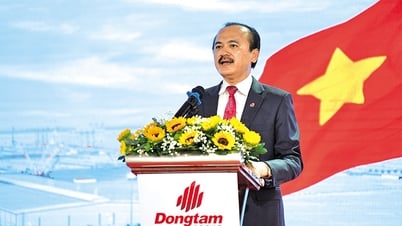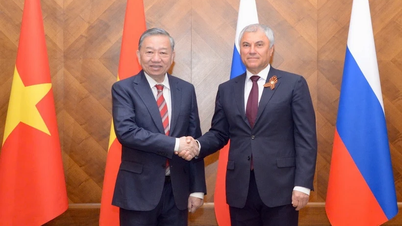According to the World Bank's rankings, Vietnam currently ranks 64th out of 160 countries in terms of logistics development and 4th in the ASEAN region after Singapore, Malaysia and Thailand.
According to Agility, in 2022, Vietnam will rank 11th in the group of 50 emerging logistics markets in the world. The annual growth rate of Vietnam's logistics industry is 14-16%, with a scale of 40-42 billion USD/year.
The above information was given at the Logistics Conference 2023, organized by Investment Newspaper on the morning of October 5.
At the event, Mr. Elias Abraham, CEO of Zim Integrated Shipping Company, assessed that industries such as delivery, warehousing, import and export... all have great potential in Vietnam.
More than 15 years ago, Vietnam had no services to transport goods to Europe and the US, but now there are more than 200 logistics service routes to these regions. International shipping lines consider Vietnam a shining star in the industry.
However, Mr. Elias Abraham said that goods to Vietnam only go through central areas and main ports, so they have to be transported over long distances by land, which is expensive. Businesses have no other choice. Therefore, type II and type III ports need to be invested in.
"Vietnam needs to focus on type II and type III seaports such as in Long An, Phu Yen, Quang Nam... These localities have all recorded new growth and great potential. However, shipping lines do not want to come to this area because the infrastructure is not yet adequate," he added.

Also related to logistics infrastructure, Ms. Pham Thi Bich Hue, Chairwoman of Western Pacific Company, said that transportation costs on total logistics costs in Vietnam are very high, up to more than 60%, double that of other countries (transportation costs only account for 30-40% of total logistics costs).
The reason is that infrastructure planning lacks uniformity and regulation from state management agencies - this is one of the biggest bottlenecks. Along with that, local infrastructure planning lacks specificity and does not take full advantage of the strengths of each region.
Deputy Director of the Import-Export Department (Ministry of Industry and Trade), Mr. Tran Thanh Hai admitted that infrastructure is the key point that needs to be improved. Therefore, in recent times, the Government has focused on promoting investment in infrastructure, especially transport infrastructure such as highways, seaports, airports and soon, railways.
According to Deputy Minister of Planning and Investment Tran Duy Dong, transport and logistics infrastructure has not yet created a multimodal transport corridor, while the demand for high-quality transit of goods between modes is increasing. Vietnam lacks centralized logistics zones in strategic locations, synchronized with the system of ports, airports, national highways, and production facilities.
For the logistics industry to develop, Mr. Dong affirmed that infrastructure is an extremely important factor. During this term, the National Assembly has decided to spend 2.87 million billion VND of the medium-term public investment plan for works and projects.
In 2022 and 2023, there will be an additional VND 143,000 billion from the Socio-Economic Recovery and Development Program to invest in important projects and works. A significant portion of this resource will be devoted to transport infrastructure, the lifeblood of the economy and also the lifeblood of the logistics industry.
Also in the past two years, many key infrastructure projects, important highways, and regional connections have been built and completed.
Vietnam's goal is to complete 3,000km of expressways by 2025, and 5,000km of expressways by 2030. In addition, coastal routes, other connecting roads, and other infrastructure such as Long Thanh airport, seaports, airports, etc. are also being focused on, contributing to increasing the competitiveness of the economy, as well as reducing logistics costs for businesses, according to the Deputy Minister of Planning and Investment.

Source







![[Photo] Prime Minister Pham Minh Chinh chairs Government Standing Committee meeting on Gia Binh airport project](https://vphoto.vietnam.vn/thumb/1200x675/vietnam/resource/IMAGE/2025/5/10/6d3bef55258d417b9bca53fbefd4aeee)



























































































Comment (0)